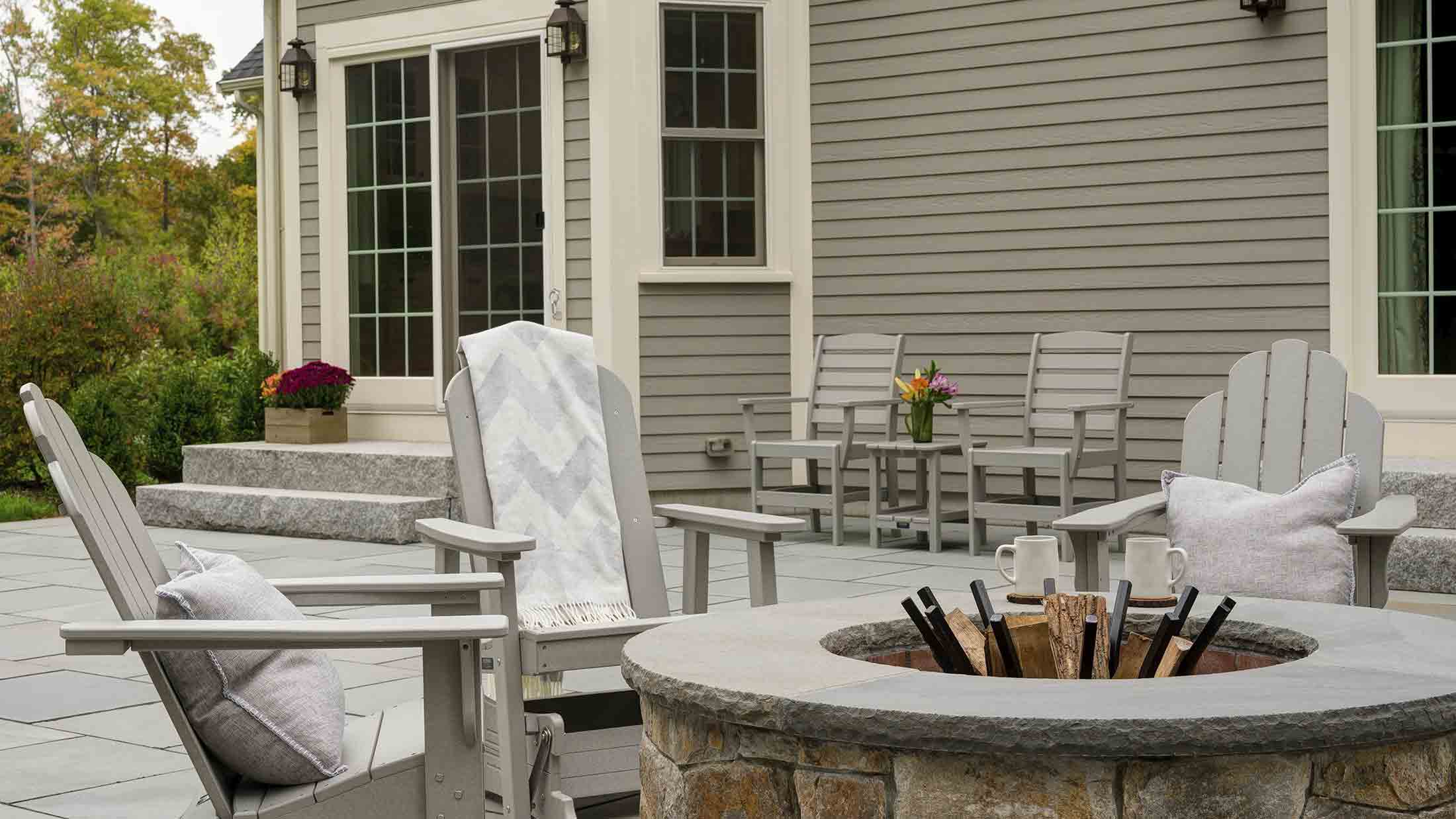What Does Landscapers Do?
What Does Landscapers Do?
Blog Article
Landscapers Things To Know Before You Buy
Table of ContentsThe Ultimate Guide To LandscapersThe 8-Second Trick For LandscapersThe Basic Principles Of Landscapers 6 Simple Techniques For LandscapersFacts About Landscapers Uncovered
- A tree or bush (shrub) that sheds its leaves in winter. In the PNW there are semi-deciduous or semi-evergreen plants that might shed their leaves depending upon just how cool the winter is. Abelia and some hebe are examples. Landscapers. - A flat event space, constructed from wood or composite product (made to resemble wood), usually surrounding or affixed to a structure.

This is an all-natural process, and the result can be made use of for courses and outdoor patios. - Secret landscape attributes being suggested in a landscape style strategy.
The Ultimate Guide To Landscapers
These objectives assist the style process, not the developer's design or preferences. Common style purposes in Rose city are low maintenance, dry spell tolerant, and animal pleasant.
Over time this layer can get very thick and make it difficult for water, sunlight, and nutrients to get to portions of the grass.- The process of gathering and managing the flow of water on a residential property. This can be done with grading, French drains, dry wells, absorptive surfaces, sump pump, rainfall yards, and extra.
Characteristic at the base of hills, with all-natural springtimes, or full of hefty clay have the most drainage issues.- A slow feeding watering system that uses versatile tubes and emitters to send out a precise amount of water per plant. This is the most effective approach of watering plants. - The capacity of a plant to endure without much summer season water.
- A yard attribute where water is represented by an accumulated stone item, typically a gravel or granite.- A rock or flagstone patio area, course, or walkway developed without a concrete base.
The Ultimate Guide To Landscapers
- A stone maintaining or complimentary standing wall surface constructed without the use of mortar. - A below ground framework that gather water and permits it to slow down percolate into the dirt around it.
Landscape design that is compatible with a websites' environment in both appearance and sustainability without negative influences to the atmosphere. Bordering find out here now in the landscape is a line of demarcation that creates visual interest in the garden by dividing one segment from one more section.
Locations can also have a feeling of "unit" supplied by trees, various other growings, fences, or screens. The landscape near the access to a structure. A tree, bush or creeping plant, educated to expand on a wall or fencing into a details pattern. Especially useful for fruit trees, making it easy to harvest the fruit and containing mess.
A plant that is not indigenous to the place where it will be planted. Not all "exotics" are invasive or damaging, and several can be well behaved or dry spell forgiving (Landscapers). A mass growing of brushes. Thicker bladed turf lawn that spread out via rhizomes.: The level of soil on your home prior to bark dirt or garden compost is spread.
The 6-Minute Rule for Landscapers

The function, reason, or activity that a location is be landscaped for. Room for expanding plants for viewing, consuming, or physical task.
Low plants that are permitted or motivated to spread out over an area. Can refer to any type of "difficult" yard elements consisting of statuary or stones but a lot of frequently is used to refer to paths, outdoor patios, and walls.: Height distinction in between the level of water in a pond (or the level of the pump if it sits outside the pond) and the top outlet of water which impacts efficiency of the water pump in gph (gallons per hour).

Some Known Factual Statements About Landscapers
A find more info more unwinded garden dominated by curved as opposed to straight bed lines and a much less rigid framework. Standard PNW landscapes are informal. A plant that spreads out greater than wanted, or right into habitats where it does damage. Rose city has a listing of invasive plants that should not be mounted in landscapes because they can spread out to forests or rivers and be challenging to regulate.
Can include head placements and insurance coverage, pipeline sizing, GPM specs, and materials required to install this system. Licensed professional that creates landscapes, schooled in design and architecture as well as in gardening.
The professional that plans and creates landscape tasks, normally at a household or tiny commercial degree with the significant style incentive on growings. Landscape designers usually have less schooling than Landscape Architects and are not certified. A completed landscape Get More Info design, outlining all elements for the brand-new landscape. This normally takes the type of a drawing on paper.
A water limited HDPE material used underneath fish ponds, streams and waterfalls in water features. Making use of many plantings of the same range to fill up in a location in the landscape.
Report this page